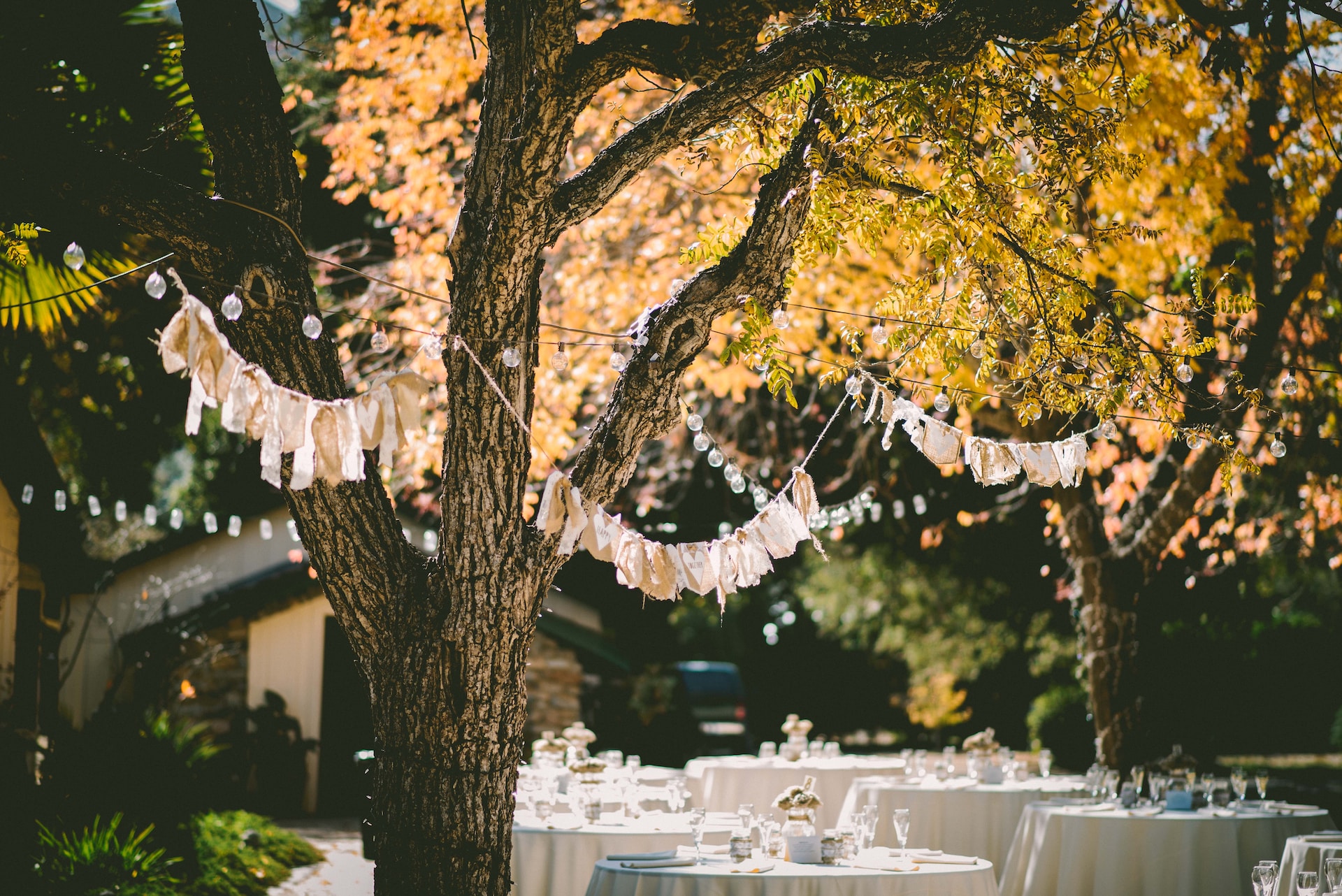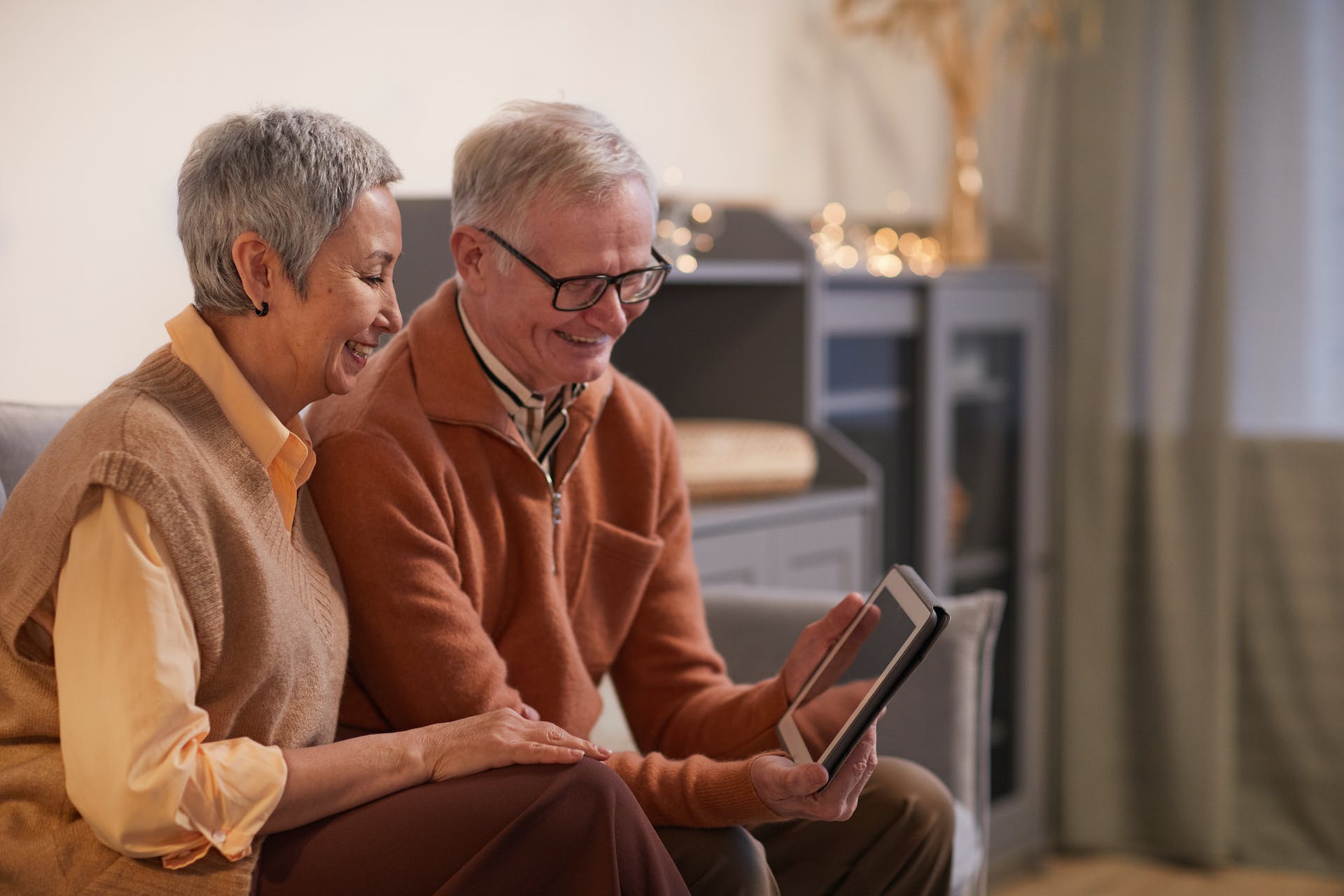If you’ve always dreamed of being a DJ, it’s easier than you might think. Even if you don’t work for a radio station or have your own separate studio, building your own DJ setup at home is possible. With the right space, equipment, and software, you could become the next big thing. Or, if you don’t want to become famous, being a DJ is a rewarding endeavor. Read on to check out some equipment tips and important questions to ask yourself before you decide if starting a DJ studio at home is right for you.
Questions to consider
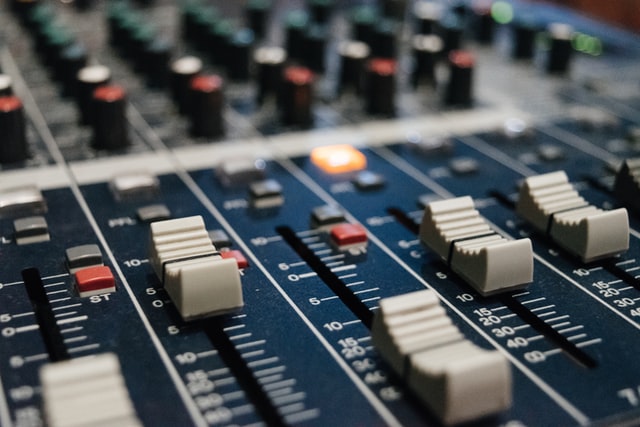
Before you dive into DJ life, it’s always a good idea to consider a few important questions:
How much space do you have for DJ equipment? If you live in a small apartment or home or don’t have a lot of extra room, it will be tougher to have a good setup. Think about where you plan to set up your DJ studio and make sure you’ll have ample space for all your equipment. You’ll also want to consider your neighbors. If you share a wall, make sure you have soundproofing or choose a room furthest away from other people whenever possible.
Are there electrical outlets nearby? From your turntables to your mic and computer, you’ll need plenty of electrical outlets for your equipment. Make sure you have enough or add a few extension cords with multiple plugs so you have the power you need to get everything set up right the first time.
What’s your budget? Starting any venture costs money, and being a DJ is no exception. Look at your DJ studio budget and make sure you have enough cash to fund the things you need. You can always buy one piece of equipment at a time and keep building as you go, also. Look for great deals on used equipment, or start with a less expensive product to get started with. Remember, you can always upgrade later as you get more successful, or your budget grows.
How many cables are you willing to deal with? Once you start your DJ studio, you’ll have a lot of equipment plugged in. This means there will be tons of wires and cables that can become a tangled mess if you’re not careful. Consider using a cable organizer to keep everything neat and bundled together. You can also choose some wireless equipment, which will help eliminate the need for a ton of cables.
Do you have a laptop that can handle DJ software? The newest DJ software requires a decent and clean hard drive to run properly. Make sure your desktop or laptop computer has enough memory to handle it. While you’re DJing, this software will constantly be running, so it’s important your computer can handle the amount of memory it requires to run smoothly.
What are your DJing goals? Is your goal to start DJing as a fun hobby, or are you aiming higher and plan to become a professional? Think about the reasons why you want to start an at-home DJ studio and use this as a guide to help you decide how much room, equipment, and money you really need to have before you get started.
What turntable format suits you best? Do you love to scratch and mix vinyl records, or are you good with CD turntables? Vinyl turntables take up more room, but they also offer a more immersive experience. Look for affordable, quality brands, or try your hand at CD or even all-digital DJing if that’s what you like best. It might also just depend on your budget and the amount of physical space you have to work with.
Building your studio
Location
Priorities come first. You will require a room. Avoid going into smaller spaces, if you can (like closets or that little roomish thing underneath the stairs). In general, a larger space is preferable. In this approach, you can work in a studio with a larger group of people. A home studio should have a concrete or hardwood floor (downstairs rooms work best too), high ceilings, and asymmetrical walls, among other things. The likelihood of you having (or even finding) this kind of room is little to none; therefore, use whatever is most appropriate for you.
Insulate
After choosing the perfect location for your studio, you might want to soundproof it. Nothing is more infuriating than hearing your neighbor shouting when you are attempting to produce a masterpiece. In a similar vein, if you’re still writing music, it generally isn’t ready to seep through the barriers.
Once everything is set up, keep in mind that your microphone will amplify every sound by a billion once it is turned on. Okay, maybe not that much, but on your recordings, you’ll undoubtedly hear all the “minor” noises transform into digital airplanes. Try to discover ways to keep the background noise out and the lovely, booty-bumping music in.
Decoration
You can decorate your room once it has been soundproofed. Start with the fundamentals such as wall painting, wall art, lighting, flooring, cabinets, or a place for you to store things. Look for a handyman near you to help out with these projects.
What you need
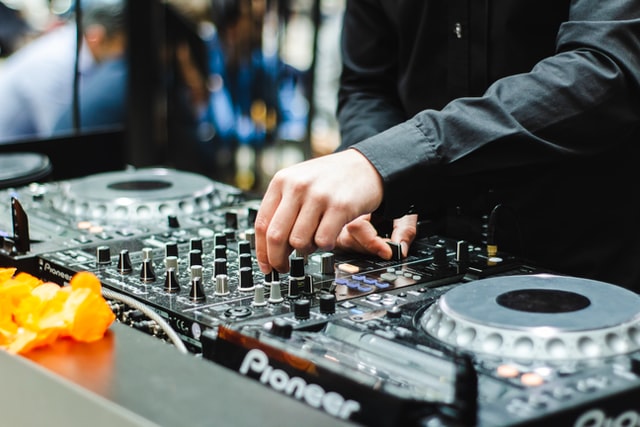
Here’s a list of the most important DJ equipment you’ll need to get started on your DJing dreams:
DJ equipment: Start with the basics by securing a controller, turntable, or CDJ style turntable. This is what you’ll use to play your music and make mixes, so it’s the foundation of any DJ setup.
DJ laptop: A standard desktop might work for your DJing needs, but a quality laptop with plenty of power and memory is ideal. If you ever plan to go mobile and DJ a party, for example, then you’ll need a laptop you can bring with you to power your software.
Software: DJ software has really expanded, and now many software brands offer apps that work in sync with your computer. The key to finding the right software really comes down to the performance and the features you’ll need. If you’re new to using this type of software, consider signing up for a few free trials until you find the one that works best for you. Choosing the best DAW is the key to make your audio stand out.
Headphones: Every DJ needs a quality set of headphones to prevent outside noise from getting in while you’re mixing. Look for headphones that are comfortable to wear and that are specially designed for DJing whenever possible. Your headphones should feature sound isolation while providing you with crisp, clear sound as you’re playing, mixing, or talking.
Speakers and subwoofers: If you’re running your DJ operations from home, look for a good pair of studio monitors. These speakers are a good size for at-home use and will give you the amplification you need without being too loud. Make sure that your subwoofers are a reasonable size, too—the larger the subwoofer, the louder the bass, which could also cause issues with the speakers. A moderately-sized, reasonably powerful set of speakers and subwoofers should be plenty for a home DJ studio.
Cables: Make sure you have a good pair of cables that go from your DJ controller to your speakers. Check to make sure you have the right cables to match your DJ equipment. Most will either be RCA to XLR, RCA to RCA or potentially RCA to jack, so always check this before you buy.
Microphone: Finally, every good DJ knows the importance of a quality microphone. Practice using your mic until you get it dialed in perfectly to prevent feedback or other issues. Even if you don’t plan to do a lot of talking, every DJ should have a quality mic they can use at home or when they’re on the go.
Tips to start mixing/creating songs
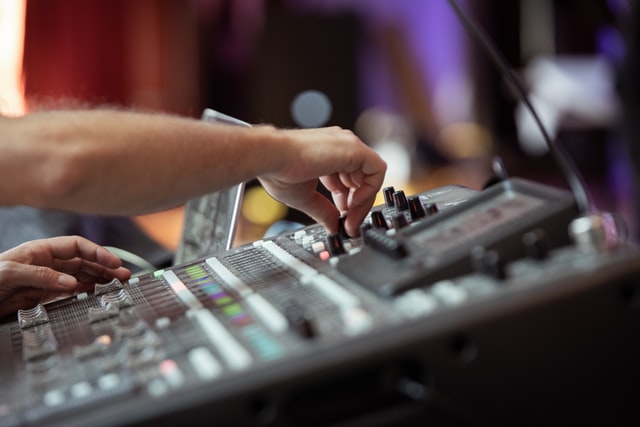
Part of the DJ magic is creating an awesome mix. Here are a few tips to help you get started:
If you’re mixing live, make sure you practice using your controller and turntable until you feel confident about making a smooth transition between songs.
Get to know your audience if you plan to mix and create songs. They’ll help to inspire you to create the right type of mixes and music for your niche.
Look at your specific track selection and plan the order of the songs in advance for a great set that has a nice flow.
Choose how you plan to mix your songs, whether it’s through the ramp, mountain, or wave method. Each of these mixing and mastering methods sounds different, but it’s best to pick just one to use as you mix each song for a uniform sound throughout your DJ set. The most important tool in your creative arsenal is your Digital Audio Workstation (DAW) software. Consider acquiring plugin bundles to get better results when mixing and mastering.
Create your brand and promote your music
If your goal is to become a popular DJ, you’ll want to create a brand and do some serious promoting. Here are some tips to help you reach out and grow your brand and your audience:
Record and share your music: Make quality recordings of your songs and/or DJ mixes and share them with other people. Giving your music to fellow DJs is a great way to do some easy self-promoting. You can also share your music online with your listeners or through your social media page or you could also create your website. Starting out as a DJ is challenging, but you can watch your audience grow larger if you’re willing to spread the word about your skills and the music you create.
Social media: Using social media is by far the most effective way to promote your music and your brand. Use every option available to you, including Facebook, Instagram, Tik Tok, and YouTube. Don’t forget to engage on all of your social media accounts, post often, and keep your content fresh.
Build a network: Just like any endeavor, building a network is key to success. Reach out to music influencers and bloggers and ask them if they’d be willing to promote your music in their podcasts. You can also use radio to your advantage, so get out there are see how you can get some airtime on the radio and on podcasts.
Tips to Livestream your music
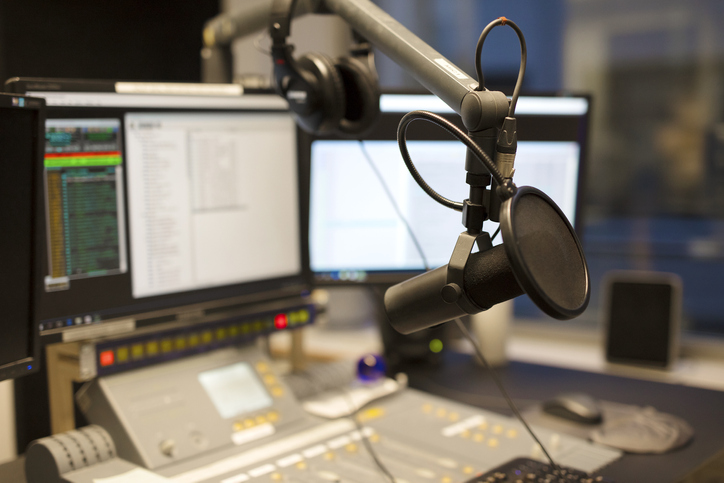
Doing a Livestream is a fun way to reach your audience and get in some practice. Keep these tips in mind when you’re planning a DJ Livestream:
Using your smartphone: If you plan to Livestream from your smartphone, choose a good music production app made just for live streaming. Keep in mind that using your smartphone isn’t as reliable as using your laptop, so only use this if you have to.
Find the right platform: Choose a platform dedicated to live streaming and live broadcasting. Picking your platform will determine the size and scope of your audience, so choose wisely. There are plenty of great platforms out there, so do your research and ask your fellow DJs for advice. Make sure that your platform will also keep your content and your user’s information safe and secure.
Camera: If you’re planning to broadcast yourself during the Livestream, you’ll need a quality video camera, too. A good webcam is perfect for live streaming – just make sure you set it up in the best area and at the best angle so your audience can see everything clearly.
Internet connection: Without a solid connection, your Livestream could be a bust. Make sure you’re running on a good Internet service that won’t go out on you, slow down, or hiccup during your performance.
Lighting, scenography: Add some studio lighting to your performance to make it look more professional. Feel free to set the scene with a cool backdrop, or you can even live stream outdoors if you’re able to.
Choose the location: You can always Livestream from your home studio, but why not mix it up with a fun location? Whether it’s the beach or a city street, picking a cool location will get you a lot more views.
Promote it beforehand: Don’t forget to promote your Livestream events often and through as many channels as possible. Social media and networking with other DJs is the best way to get the word out.
Be prepared with your mixes: Make sure you have your setlist and mix plan ready in advance. Remember, this is a live event, so you only get one chance to make a good first impression. Planning your mix ahead will ensure an awesome performance and will get you a larger audience for the future, too.

With the right space, equipment, and a little bit of solid promotion, you can start your own DJ studio at home. Keep these tips in mind as you plan, and remember that you can always start small and work your way up in terms of equipment, software, and more. Network and build your audience through social media and live streaming, and you’ll be able to share your passion for mixing and music with those who appreciate DJing as an art form.

